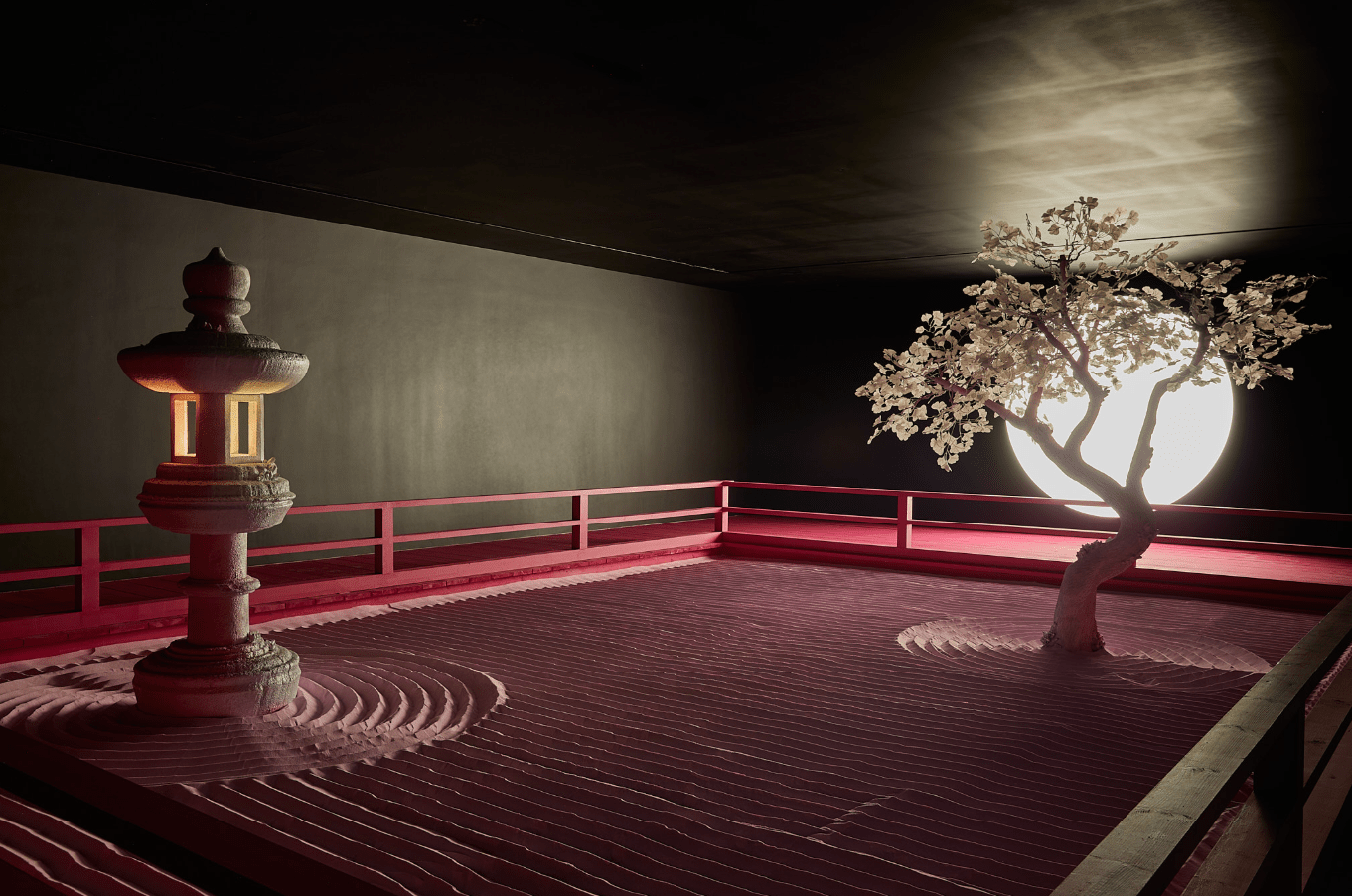Stepping into the immersive digital rooms of the Moco Museum feels like entering another dimension—one shaped by light, sound, and motion. These exhibits transform the traditional concept of art viewing by replacing distance and silence with closeness and sensation. The visitor is no longer just a spectator, but a traveler inside a curated dreamscape.
Color plays a central role in these installations. Dynamic gradients, glowing panels, and responsive projections shift as visitors move through the space. The colors are not merely decorative; they are emotional cues, guiding the viewer’s mood and state of mind. This sensory architecture allows guests to feel art rather than simply see it.
The technology behind these spaces is sophisticated but never distracting. It serves the vision of the artist, not the novelty of the tool. Artists like Studio Irma use these digital tools to explore themes of connection, transformation, and vulnerability. Their works evoke emotional resonance and collective introspection in a way that’s both personal and shared.
These rooms are often accompanied by ambient soundtracks, adding another layer to the experience. Music, whispers, and soundscapes create rhythm and pacing as visitors drift from one section to another. The result is a choreographed journey through emotion—each room a new chapter in an unfolding internal story.
What makes these spaces especially powerful is their accessibility. Visitors of all ages and backgrounds can connect with the exhibits without needing prior art knowledge. The language of light and color is universal, allowing the museum to welcome broader audiences into its world of creative expression.
In the end, the digital immersive spaces of Moco Museum are not just exhibitions—they are invitations. They invite visitors to reconnect with their senses, their memories, and each other. They redefine what it means to engage with art in the 21st century, transforming gallery walls into gateways of emotion and self-discovery.

